As per Operation Team Demand, The Fail-Safe of Control Valve need to be change from Fail-safe Open to Fail-safe Close.
This is Masoneilan Control Valve of 87/88 Series, Normally In rear cases, such type of vendor like Masoneilan gave extra benefits & options to change the fail-safe of valve from Open to close or close to open.
This control valve had Single Acting spring diaphragm direct actuator with direct body having Fail-safe Open, Valve was Air to Close action and fail-safe Open.
After Modification as per manual we change the Fail-Safe Open to Fail-safe Close by Reversing The Springs location from Lower Case of Actuator to the upper Case of Actuator , Now this valve is Air to Open action And Fail safe Close.
Procedure for Fail-safe Open to Fail-safe Close for Control Valve.
Step 1.
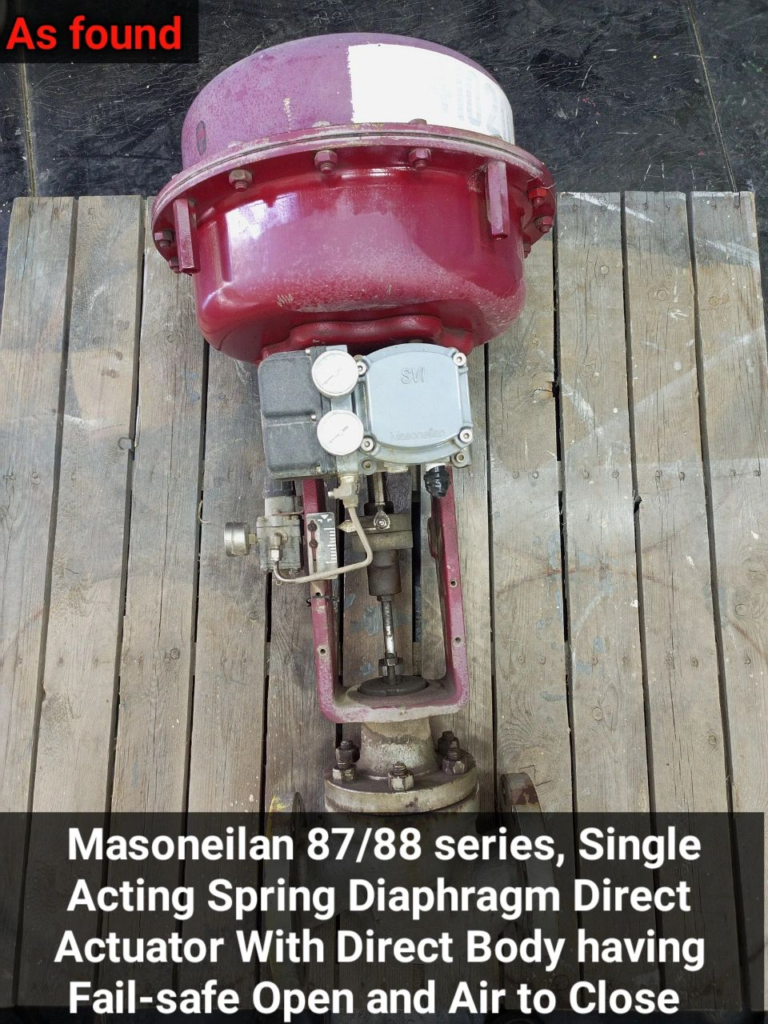
2) Six Springs At lower Case of actuator, Air to Close, Air Pressure put force on Diaphragm & Diaphragm plate and compress the spring to push down the stem & plug and close the valve. Fail safe Open, When Air Failure by using Spring Expansion force push up to Open the valve.
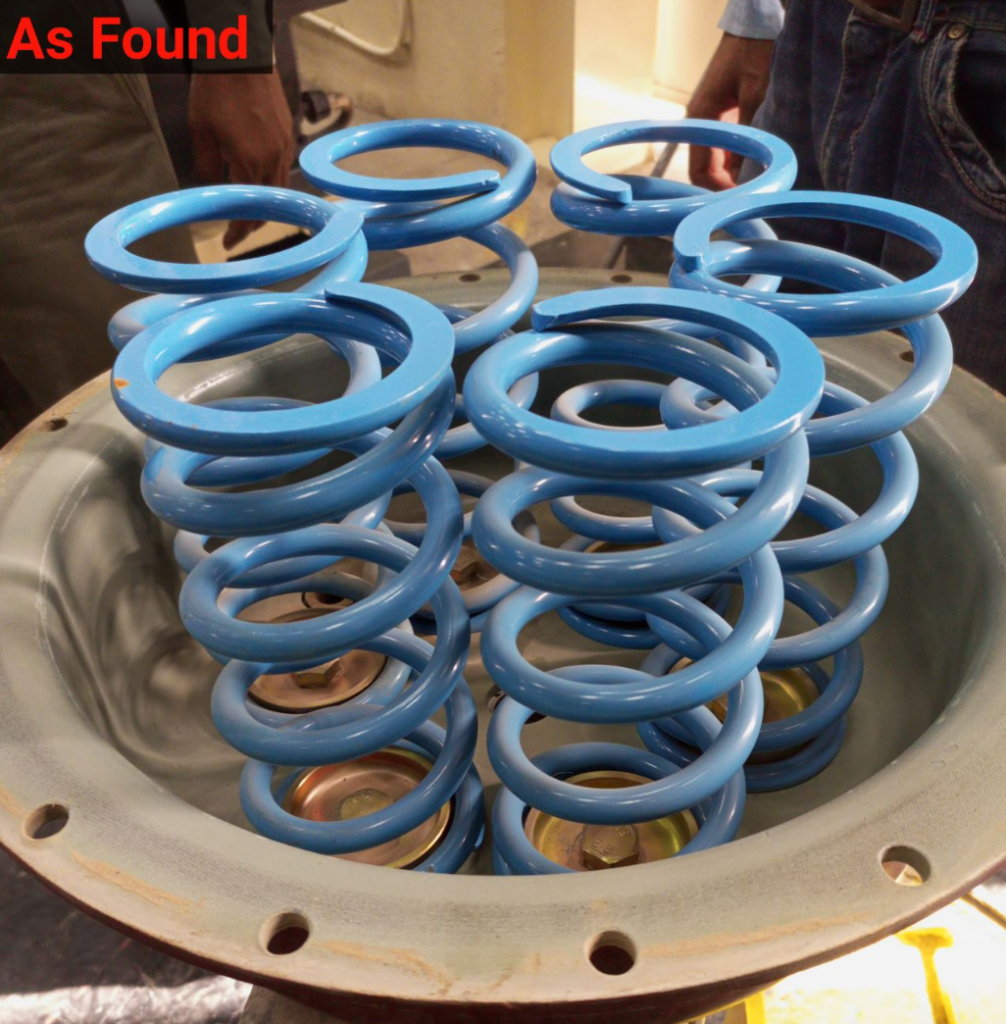
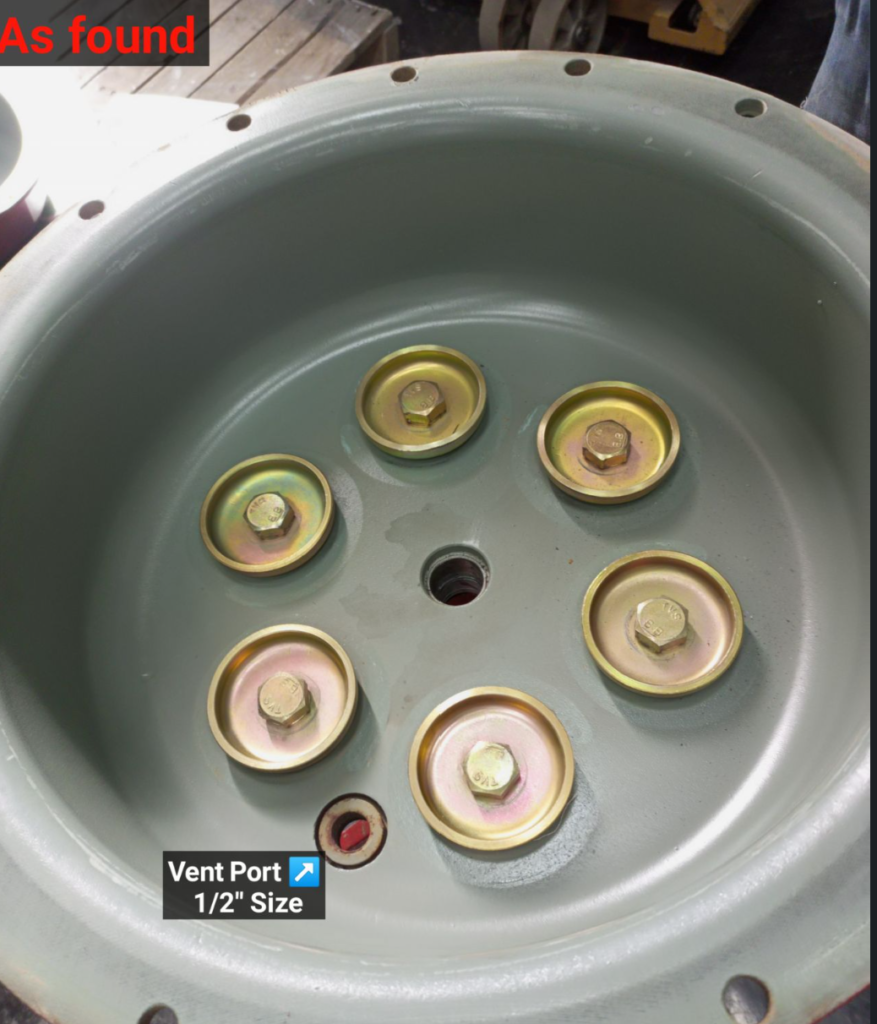
3. Lower case of actuator where all six springs are placed.
4) At upper Case of Actuator, Diaphragm, Diaphragm Plate attached with Actuator Stem and Springs Placed at lower Case.

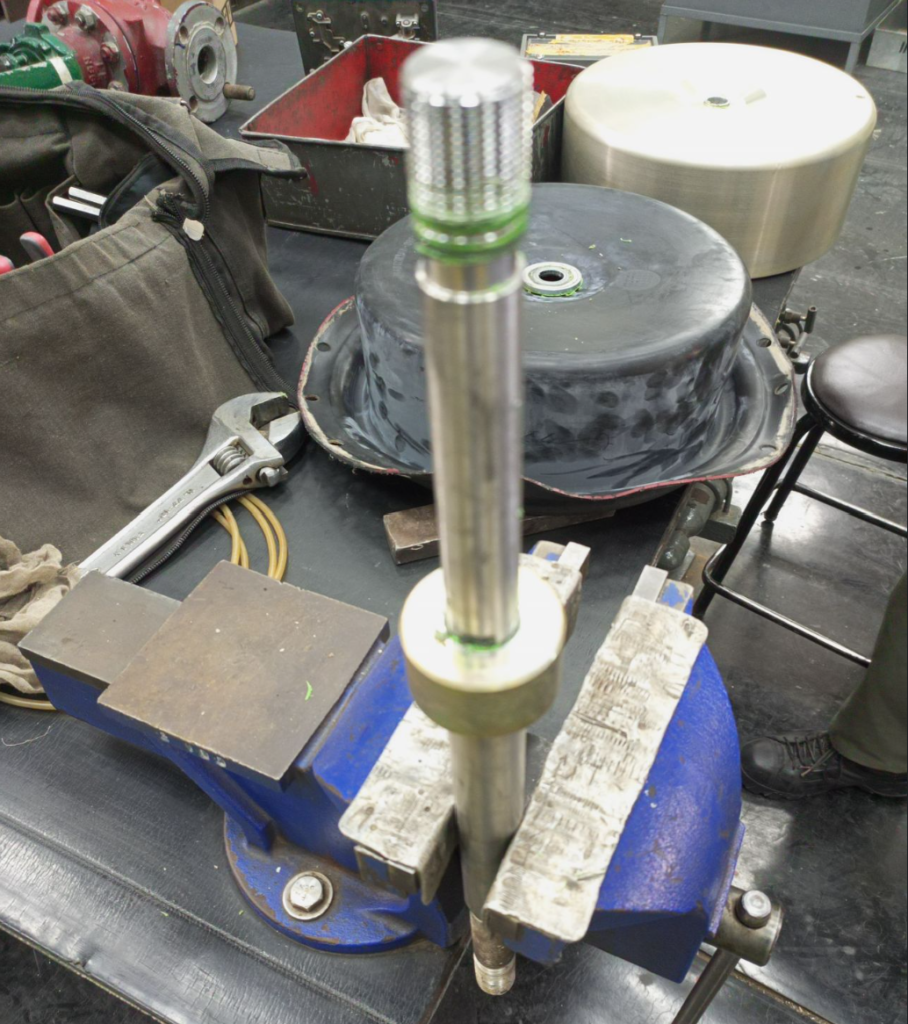
5. Removal and overhaul diaphragm and diaphragm plate from actuator stem.
6. Diaphragm plate removed from actuator stem.
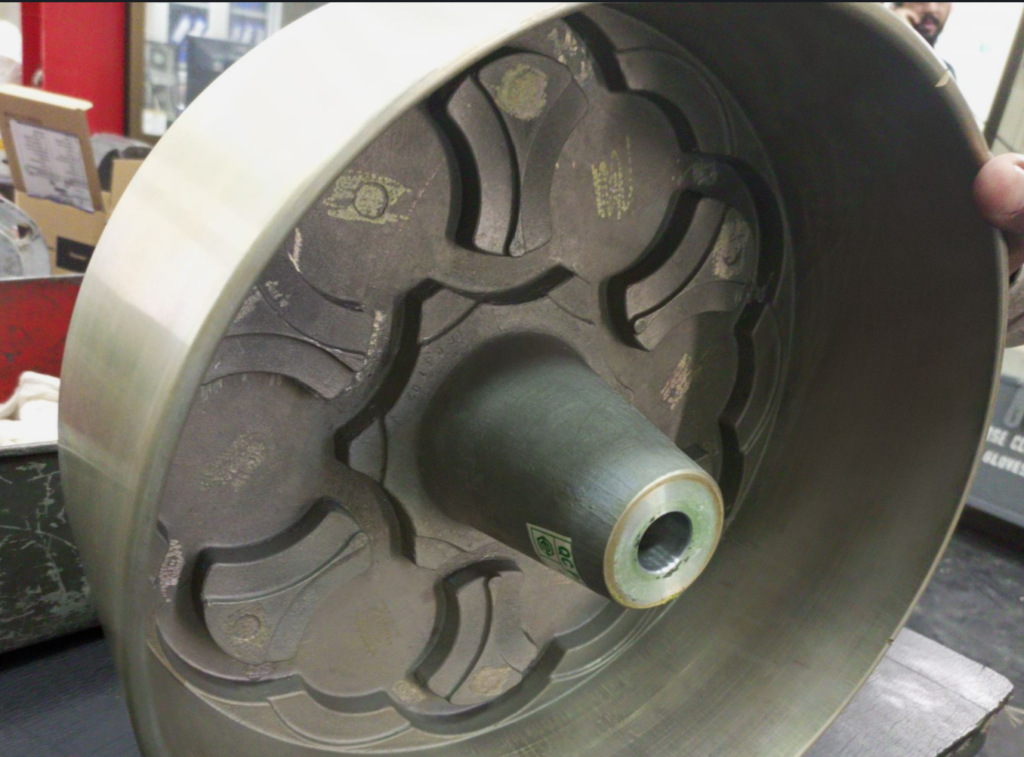
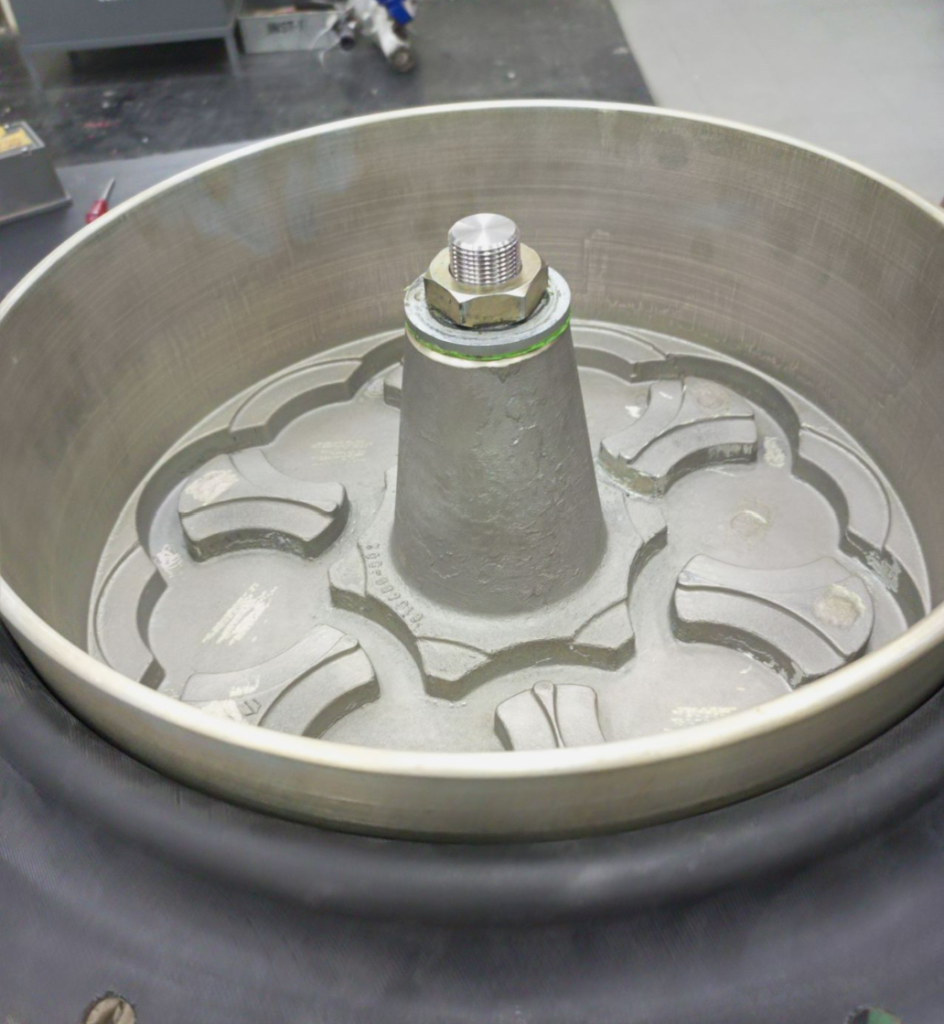
7) After Assemble As per manual, Diaphragm and Diaphragm plate adjust on Reverse Side of Actuator Stem.
8) Placed and put Diaphragm, Diaphragm plate and Actuator Stem at lower Case of Actuator and passing through in Yoke.
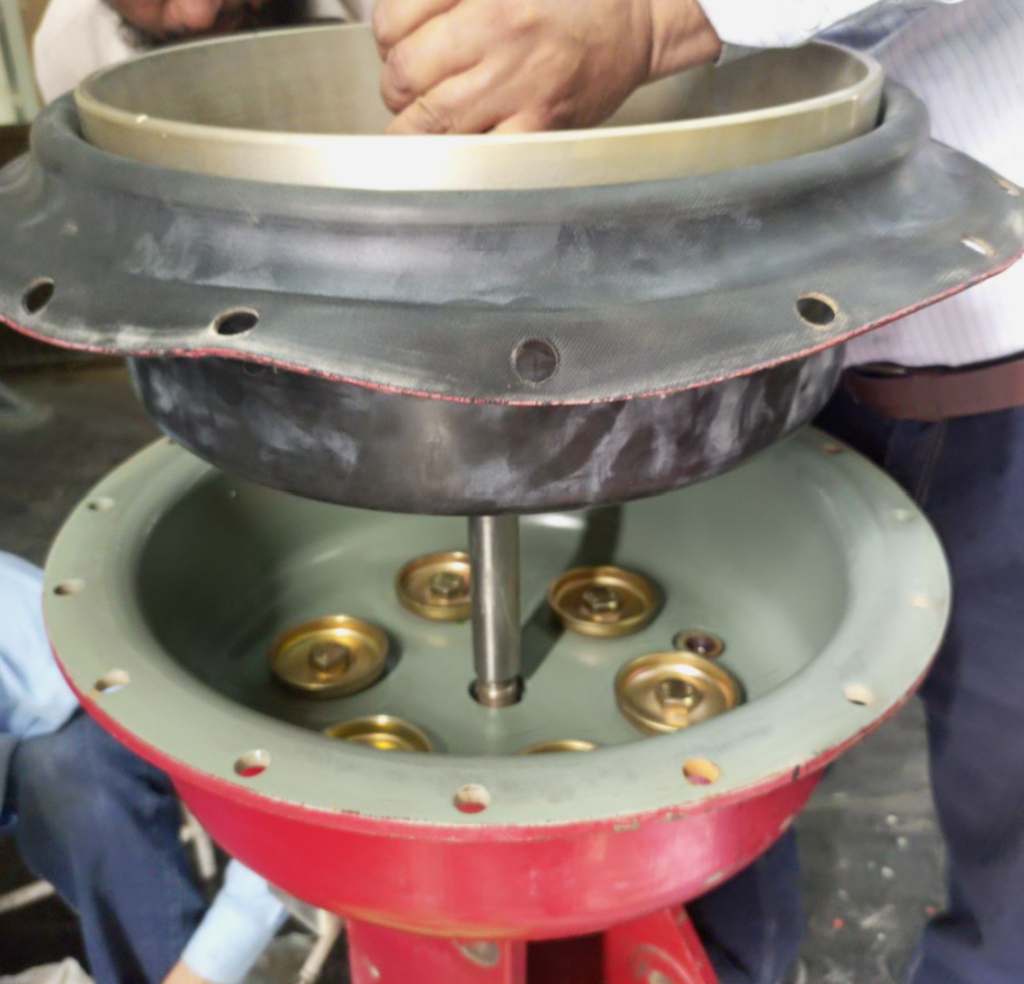
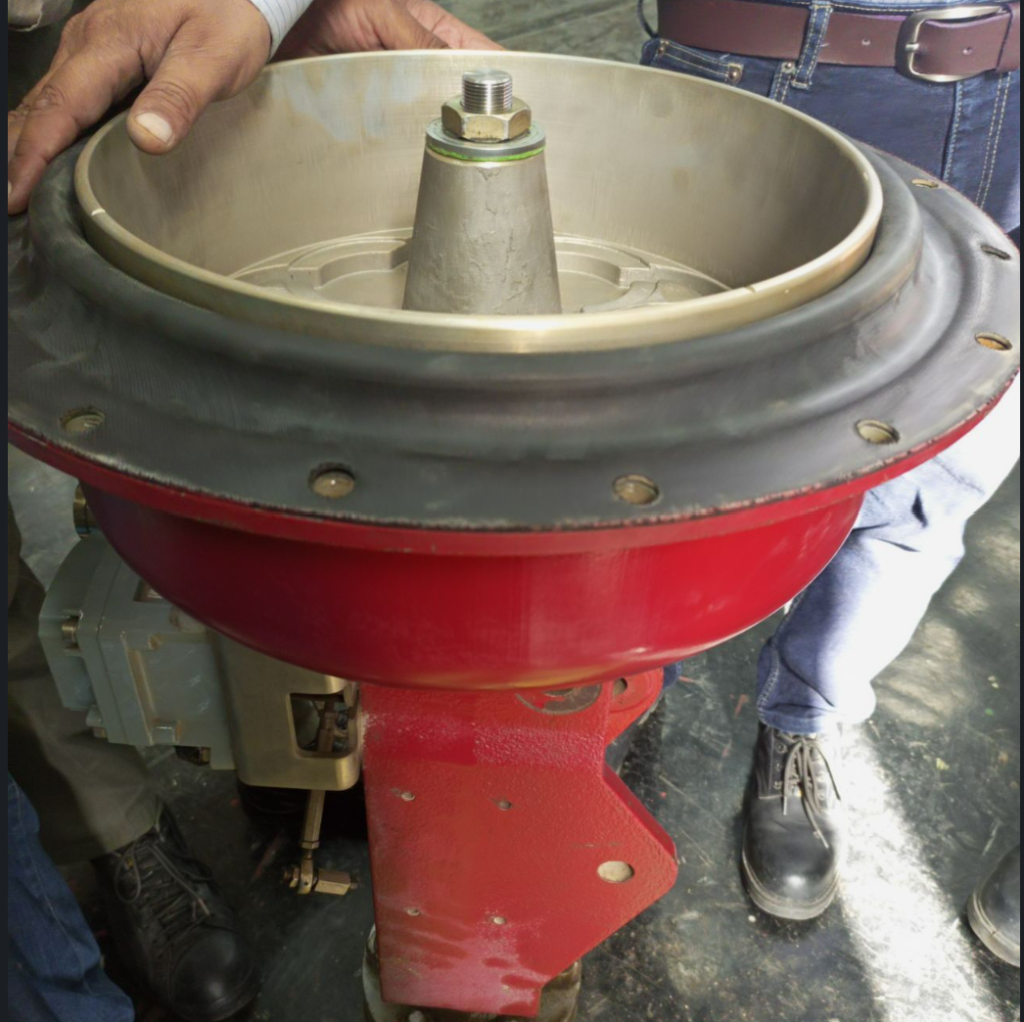
9. After placement on diaphragm and diaphragm plate at lower case of actuator.
10. Put all six spring on the diaphragm plate at lower case of actuator.

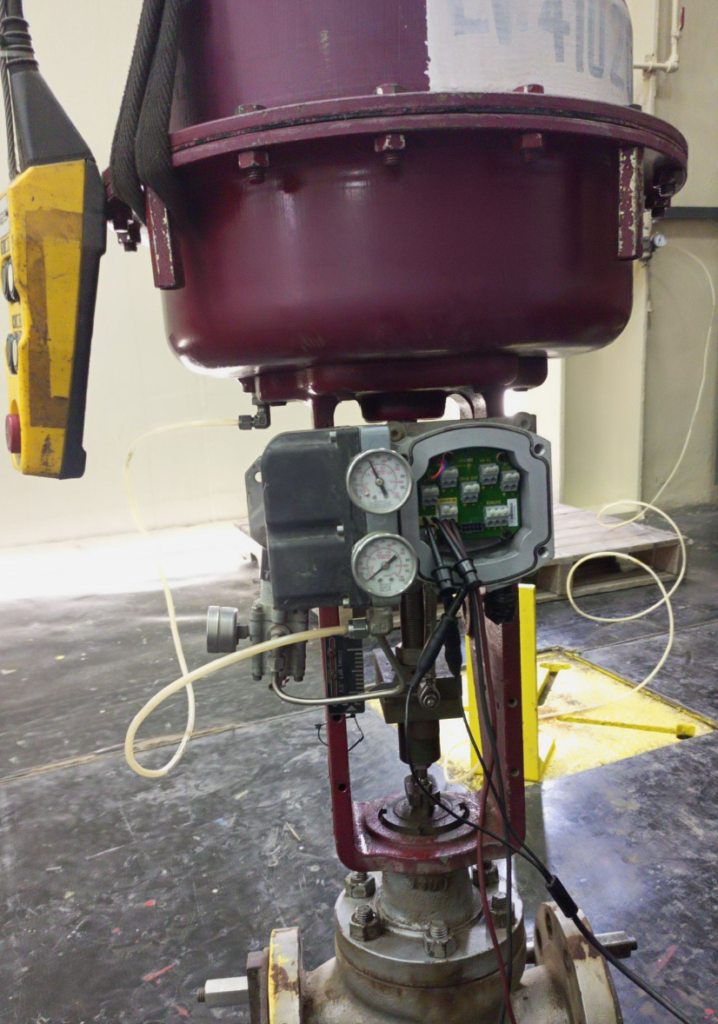
11. Put upper case of actuator and tighten the bolts and calibration of control valve and ready for installation on site.
Modifying Fail-Safe Settings in Control Valves.
In industrial operations, ensuring the safety and reliability of equipment is very important. Control valves play a important role in regulating fluid flow within systems, and their fail-safe settings are integral to maintaining operational integrity. Recently, our operational team identified the need to modify the fail-safe settings in Control Valves to better align with our safety protocols and operational requirements as per process requirements.
However, in many cases, the default fail-safe configuration may not fully meet the specific needs of an operation. The initial configuration of the Control Valves in question was fail-safe open, with the valve operating in air to close action.
While this configuration may be suitable for some applications, it did not align with our operational requirements, where a fail-safe close configuration was more appropriate for process requirement.
To achieve the required fail-safe setting, our team referred to the manufacturer’s manual, which provided detailed instructions for modifying the fail-safe configuration. The process involved reversing the location of the springs within the actuator, transitioning from the lower case to the upper case. This simple yet crucial adjustment effectively changed the valve’s operation to air to open action with a fail-safe close configuration.
The modification of the fail-safe settings represents a proactive step towards enhancing operational safety and reliability. By aligning the control valve configuration with our specific operational needs, we have mitigated potential risks and improved the overall integrity of our systems.
Source of Article: LinkedIn (Author: Shah Zaman)